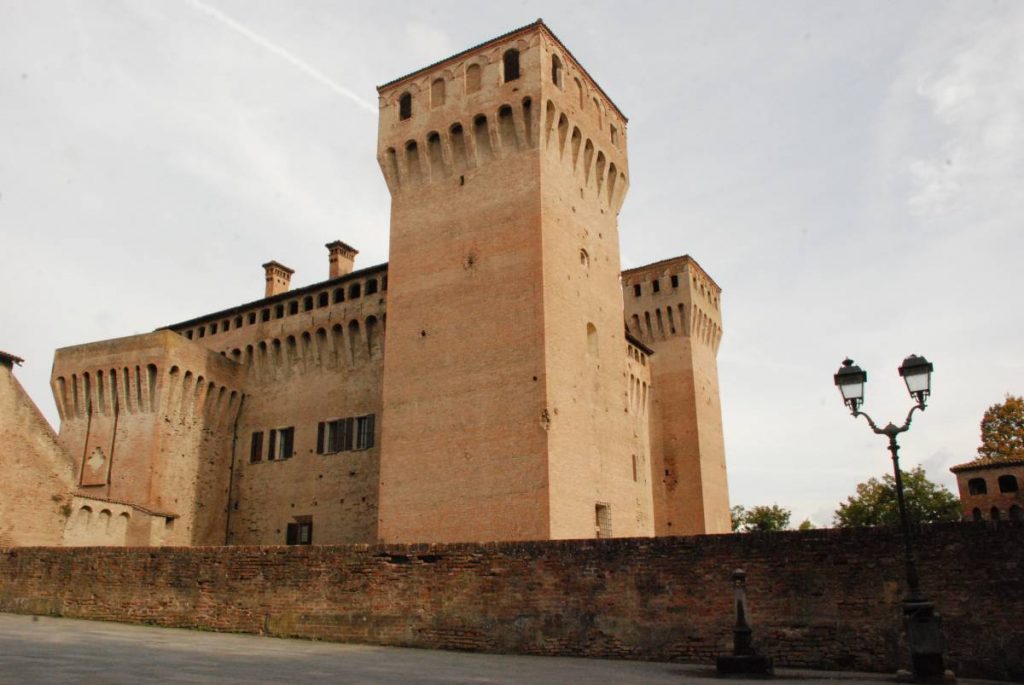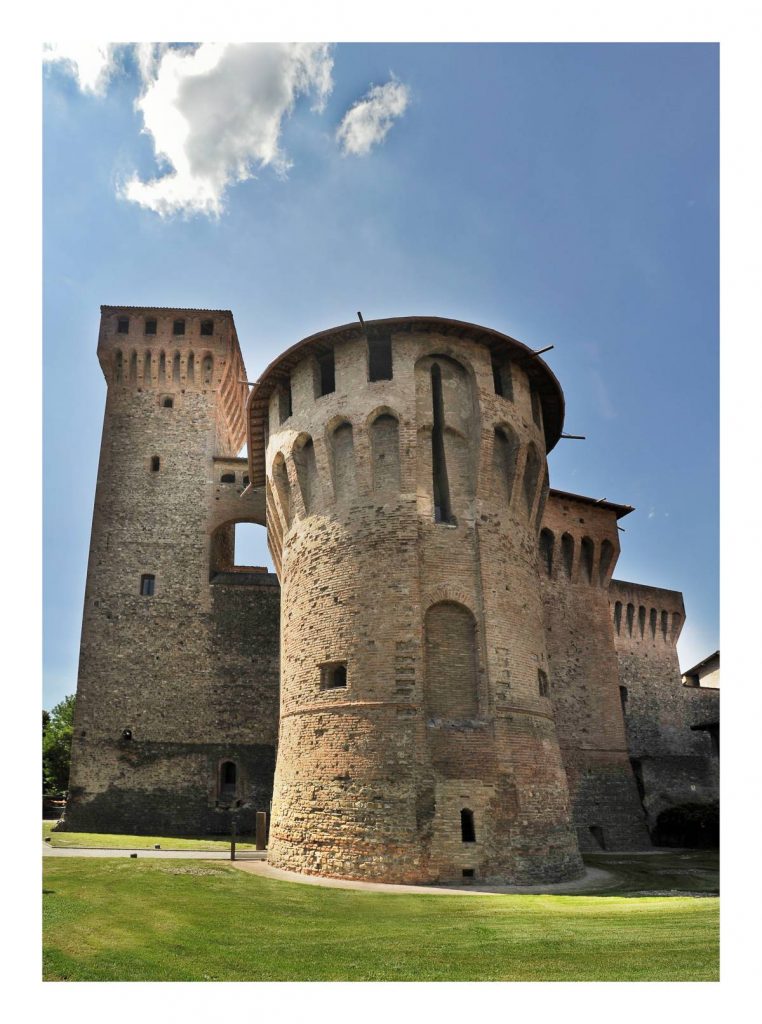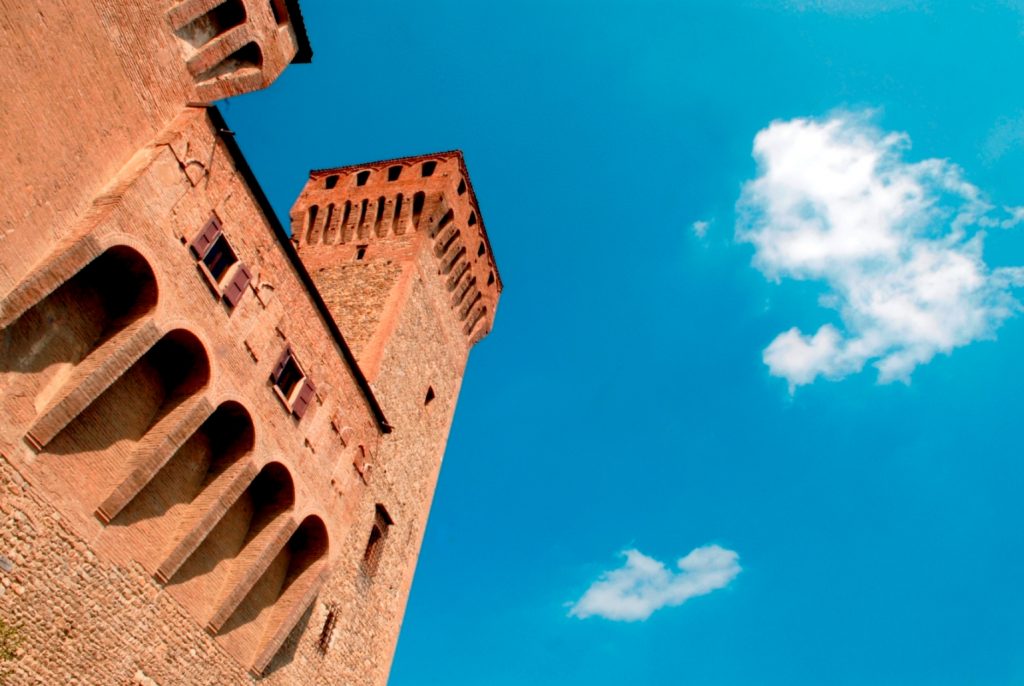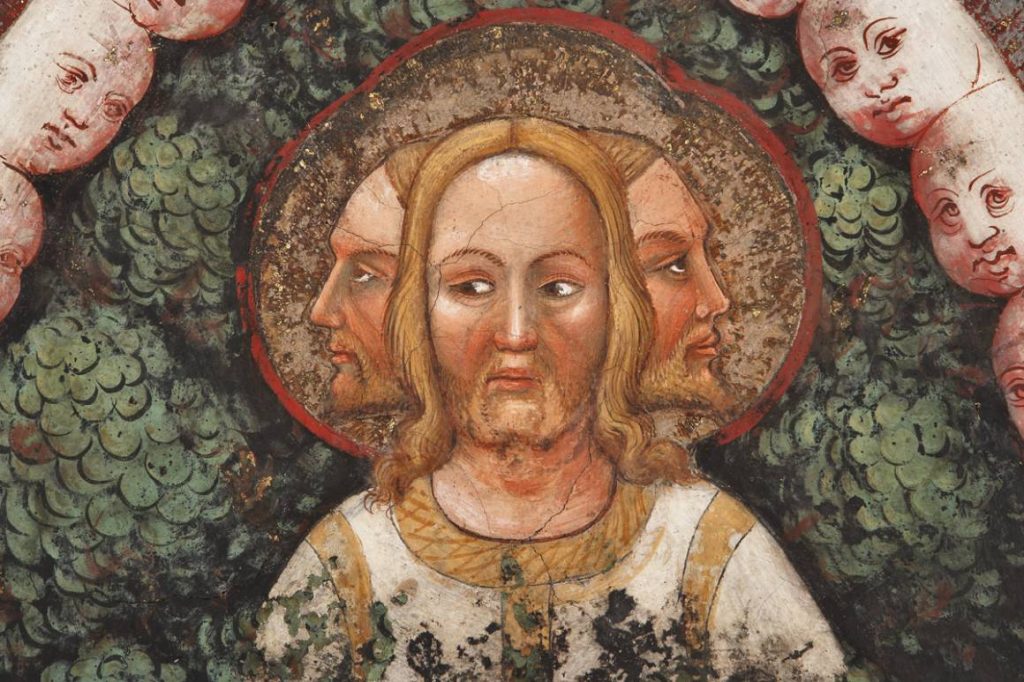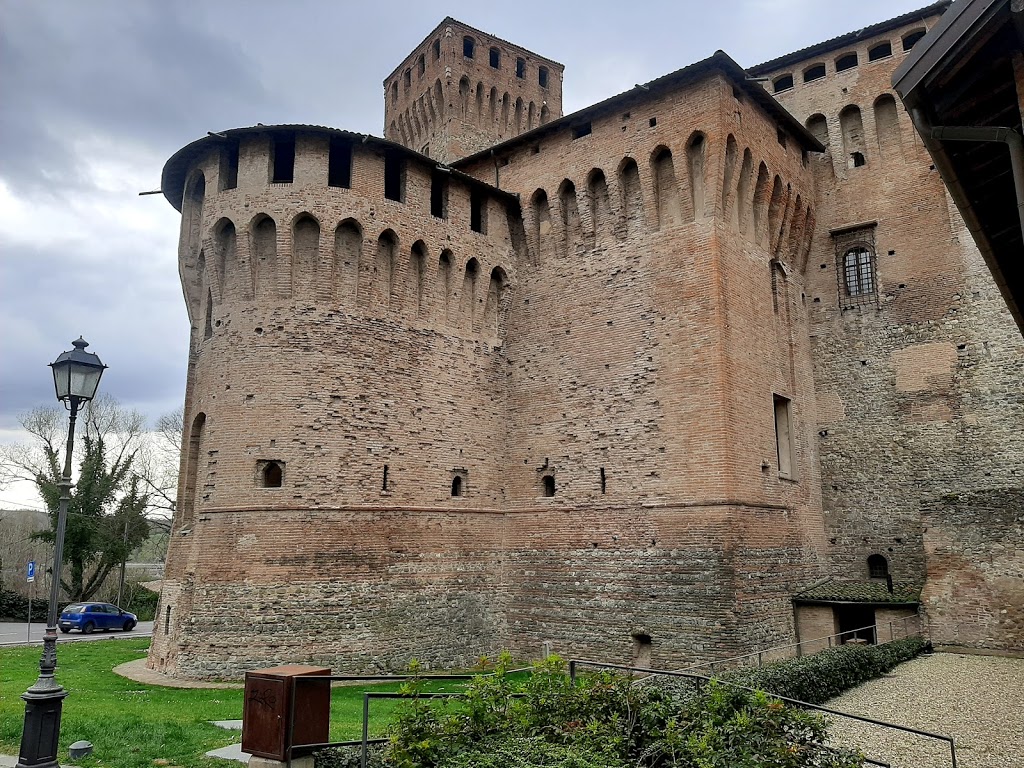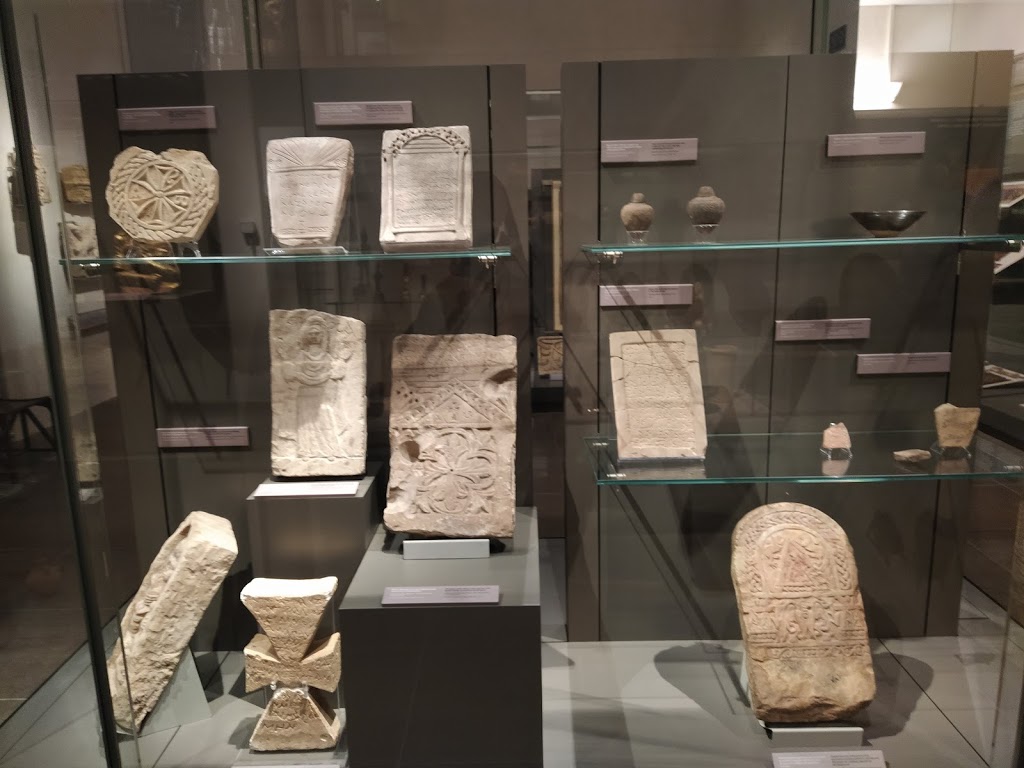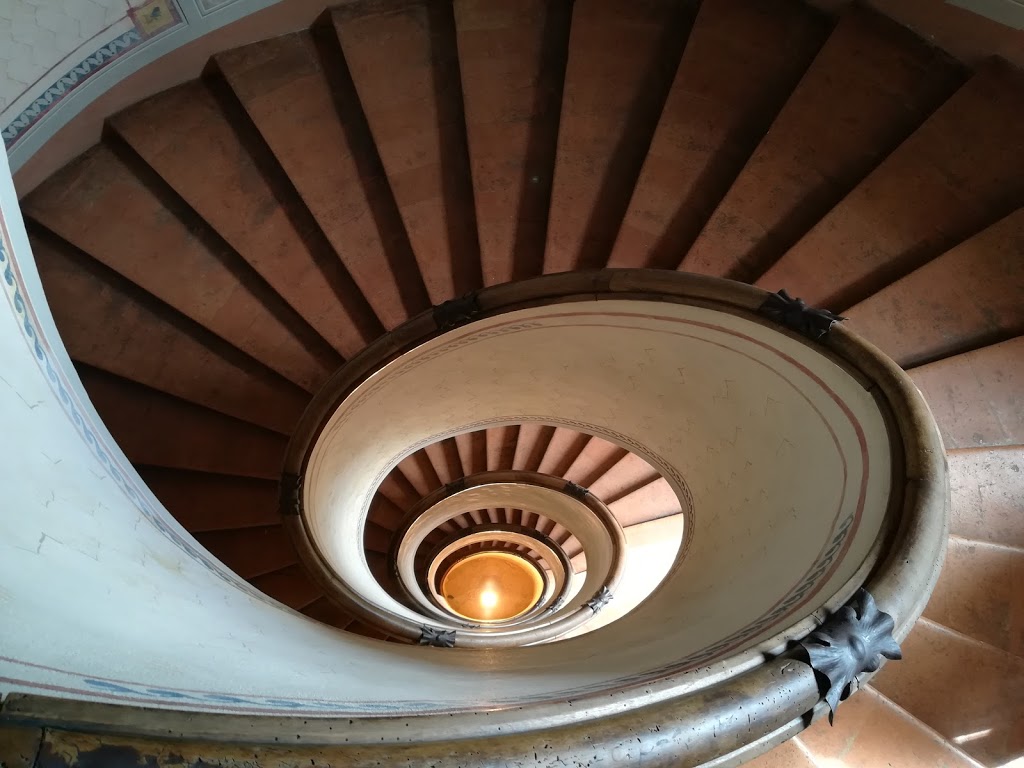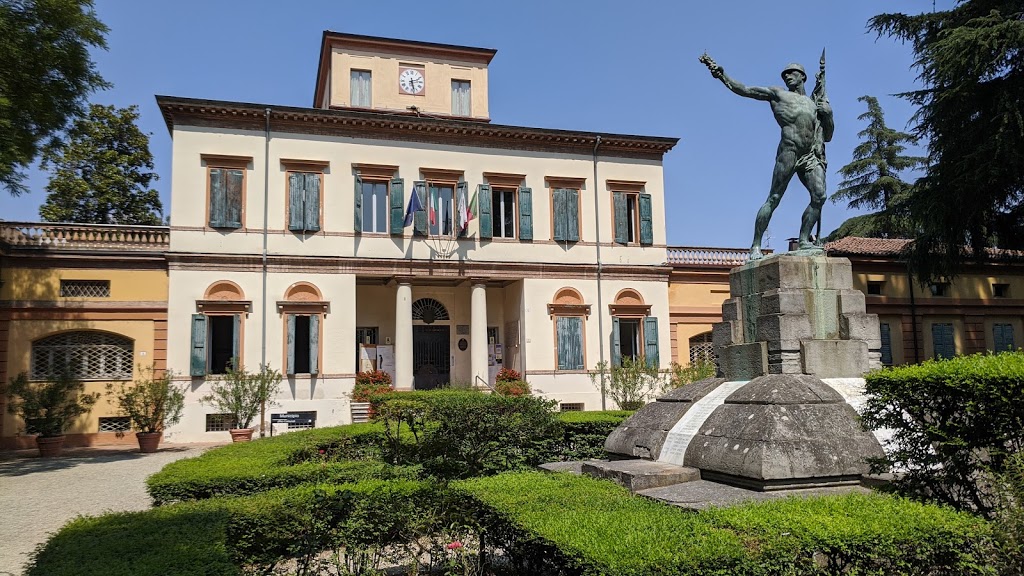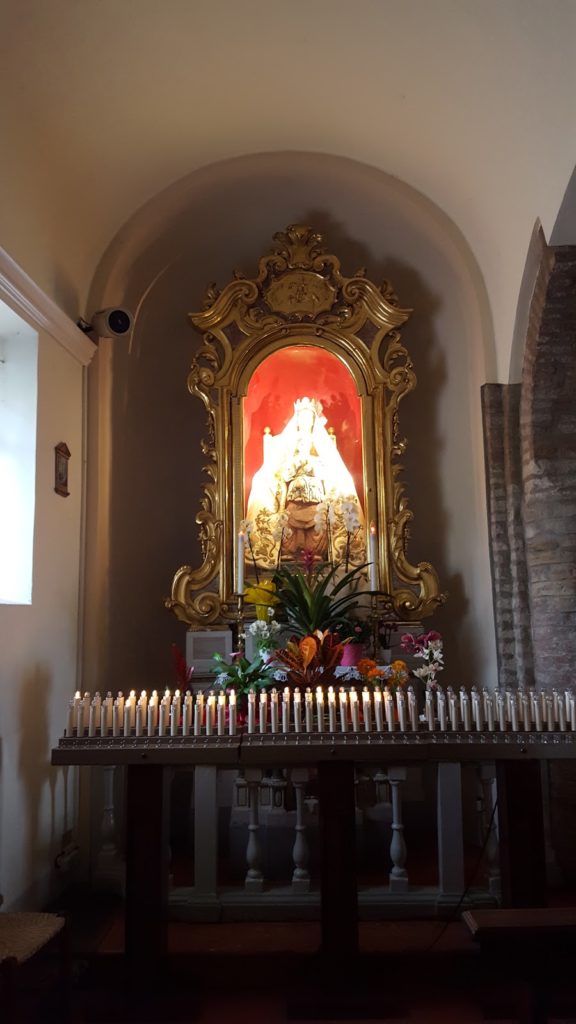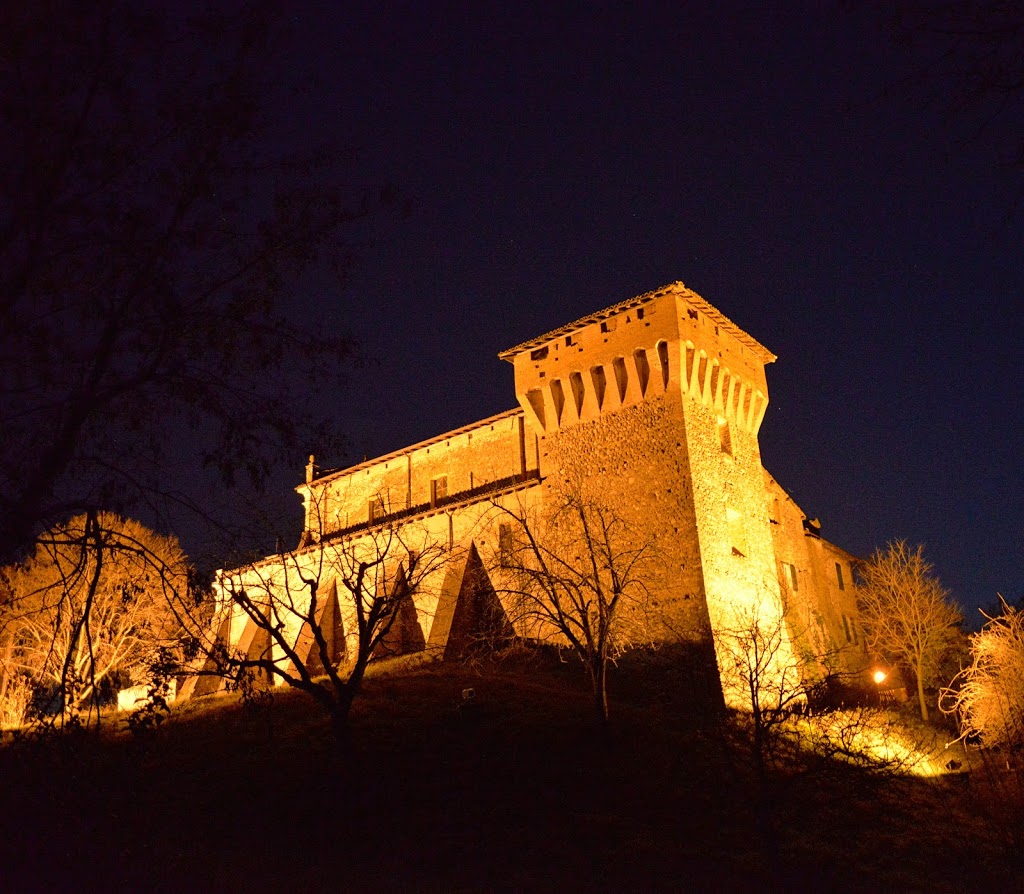The Rocca di Vignola is perhaps the most important and beloved symbol of geographical and cultural identity for all Vignola people. In the Vignola experience, and also in the wider one of the entire piedmont area, it is also the sign of a cultural uniqueness which, while feeding on the Emilian humus, has seen different contributions, a melting pot of Italian and also European influences of which the multiple variations stylistic are testimony. The year of foundation of the Rocca is not known with certainty, but it can be right
lly suppose that it was built in the years following the end of the Carolingian dynasty to face the invasions of the Hungarians, when towers and fortified enclosures were erected to defend the towns. Tradition attributes the erection of this first fortress to the Nonantolan abbey itself. A document dating back to 936 attests that Vignola, in that year, was under the dominion of the Bishop of Modena. Another documentary evidence proves the existence of the fortress at least since 1178.
Until the early fifteenth century, the building had military functions. It is with the Contrari, invested with the feud from the Este house in 1401, that its function profoundly changes, transforming itself into a sumptuous residence rich in decorations and frescoes, suitable for welcoming this family who lived in the comforts and magnificence of the Ferrara court. With the Contrari dynasty extinct, the Rocca was purchased in 1577 by the Boncompagni-Ludovisi, who entrusted the administration of the fief to a Governor. During the nineteenth century the political and social institutions of the town found their headquarters inside the Rocca: the Town Hall, the Library and the Cassa di Risparmio di Vignola. The Rocca is structured on five floors: in the basement there are two splendid rooms, called Contrari and Grassoni, used for conferences and concerts; the ground floor is made up of the reception rooms known as: the Lions and Leopards, the Colombe and the Rings, as well as the book shop housed in the ancient kitchens; on the first floor there are the noble rooms: the Ladies, the Pavilion, the Coat of Arms, the Tree Trunks, the Uguccione Studio and the Chapel, frescoed with precious cycles of late Gothic paintings by the “Maestro di Vignola”. On the second floor there are spacious rooms used by the troops stationed at the Rocca and by the service personnel called Sale degli Armigeri. The top floor is occupied by the patrol walkways that circle the building connecting the three towers: of Nonantola, delle Donne and del Pennello.
Purchased in 1965 by the Cassa di Risparmio di Vignola and sold in 1998 to the Vignola Foundation, the Rocca has since undergone a careful restoration work, which has involved both the architectural structures and the decorations and frescoes, making it usable for the visitor in every space. This prestigious location represents for Vignola, and more generally for Modena and the neighboring provinces of Reggio Emilia and Bologna, an ideal space for the realization of cultural projects with a high cultural profile. The Vignola Foundation, in collaboration with local authorities, has in recent years been carrying out a rich panorama of initiatives, in part connected to the enhancement of this geographical area, in part to the inclusion of Vignola in a wider circuit of international culture.

